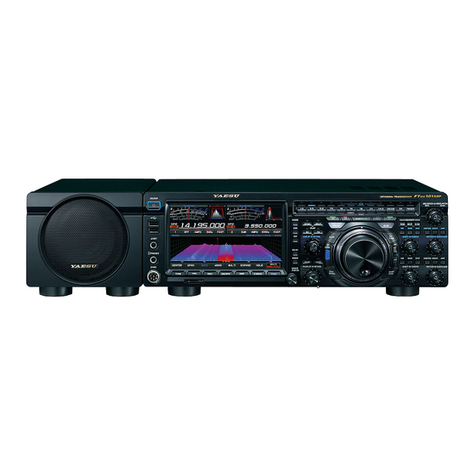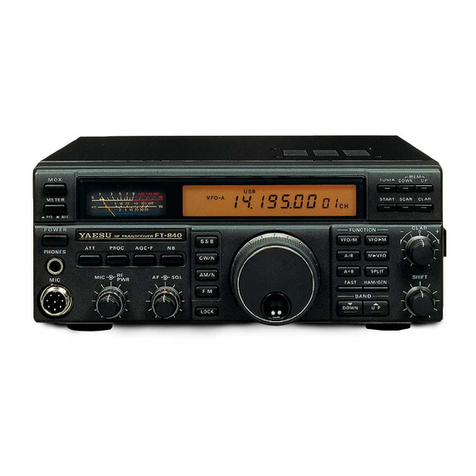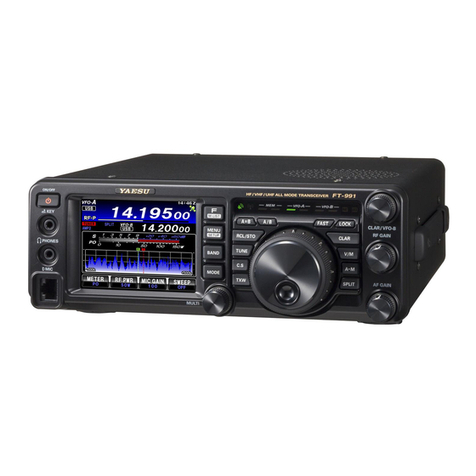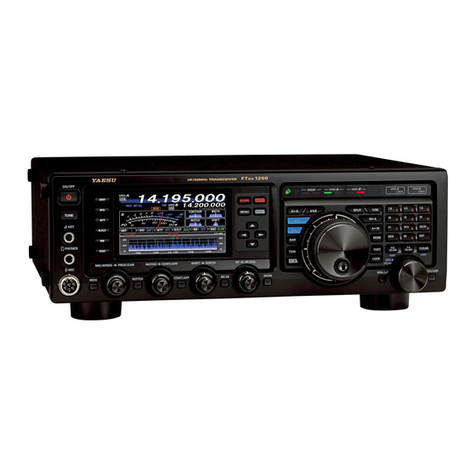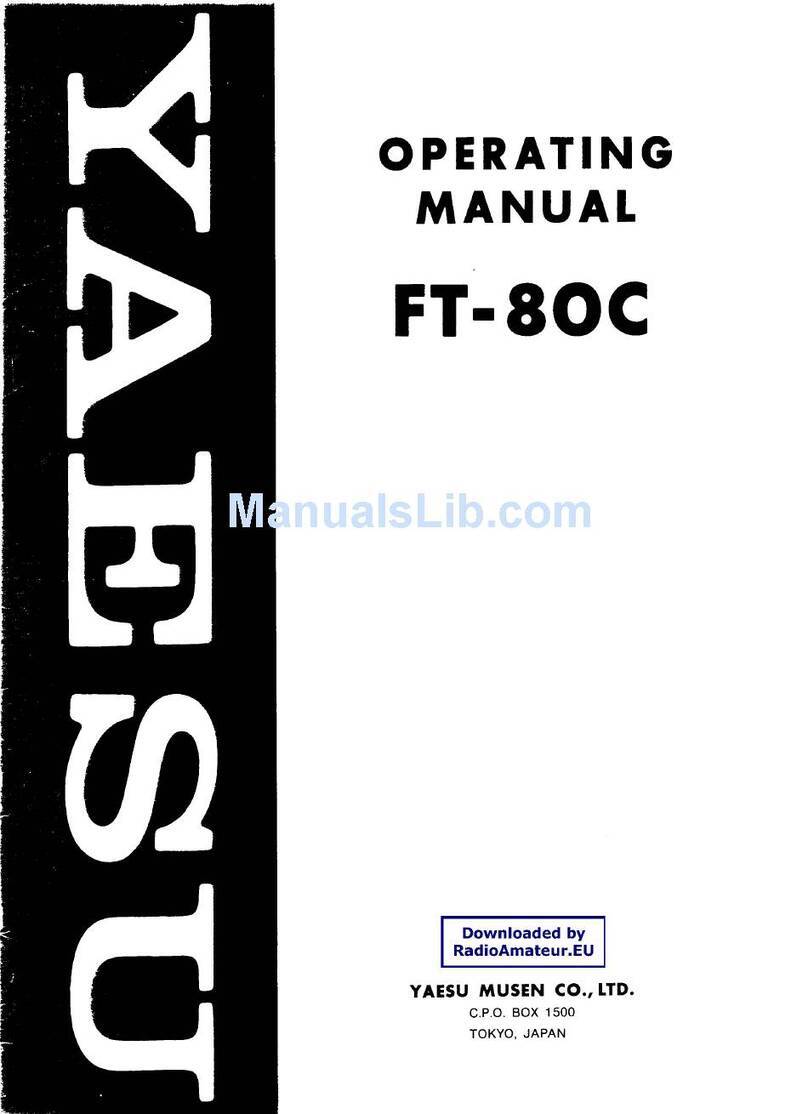CONTENTS
Important Notice! .............................................. 1
Introduction....................................................... 2
Controls & Connectors ..................................... 3
Top Panel ....................................................................3
LCD Display...............................................................4
Front Panel ..................................................................5
Keypad ........................................................................6
Left Side ......................................................................7
Right Side ...................................................................8
Before You Begin .............................................. 9
Precaution ...................................................................9
Battery Installation and Removal ..............................9
Battery Charging.......................................................10
Low Battery Indication ............................................11
Installing the FBA-25 (option)
Alkaline Battery Case.........................................11
Operation......................................................... 12
Preliminary Steps......................................................12
Operation Quick Start ..............................................12
Accessing the 121.5 MHz
Emergency Frequency..............................................14
Tuning Methods........................................................15
Transmission ............................................................ 16
Reception of Weather Channel Broadcasts ............ 16
Monitor Key............................................................. 18
ANL (Automatic Noise Limiter) Feature ............... 18
LOCK Function ....................................................... 19
Beep On/Off............................................................. 19
Receive Battery Saver Setup................................... 20
Memory Operation........................................... 21
Memory Storage ...................................................... 21
Recalling the Memories .......................................... 22
ScanningOperation ........................................ 23
Channel-Skip Scanning ........................................... 24
Dual Watch Operation ..................................... 25
Priority Dual Watch Operation ........................ 26
Split Operation ................................................ 27
Programming a Transmit Frequency ...................... 27
Operating in the Split Mode.................................... 27
Field Programming Mode................................ 28
Memory Storage into the Book Memory ............... 28
Menu (“Set”) Mode.......................................... 29
Menu Listing ............................................................ 30
Specifications.................................................. 33
Accessories & Options ................................... 34
NOTICE
There are no user-serviceable points inside this transceiver.
All service jobs must be referred to your Authorized Service Center.


